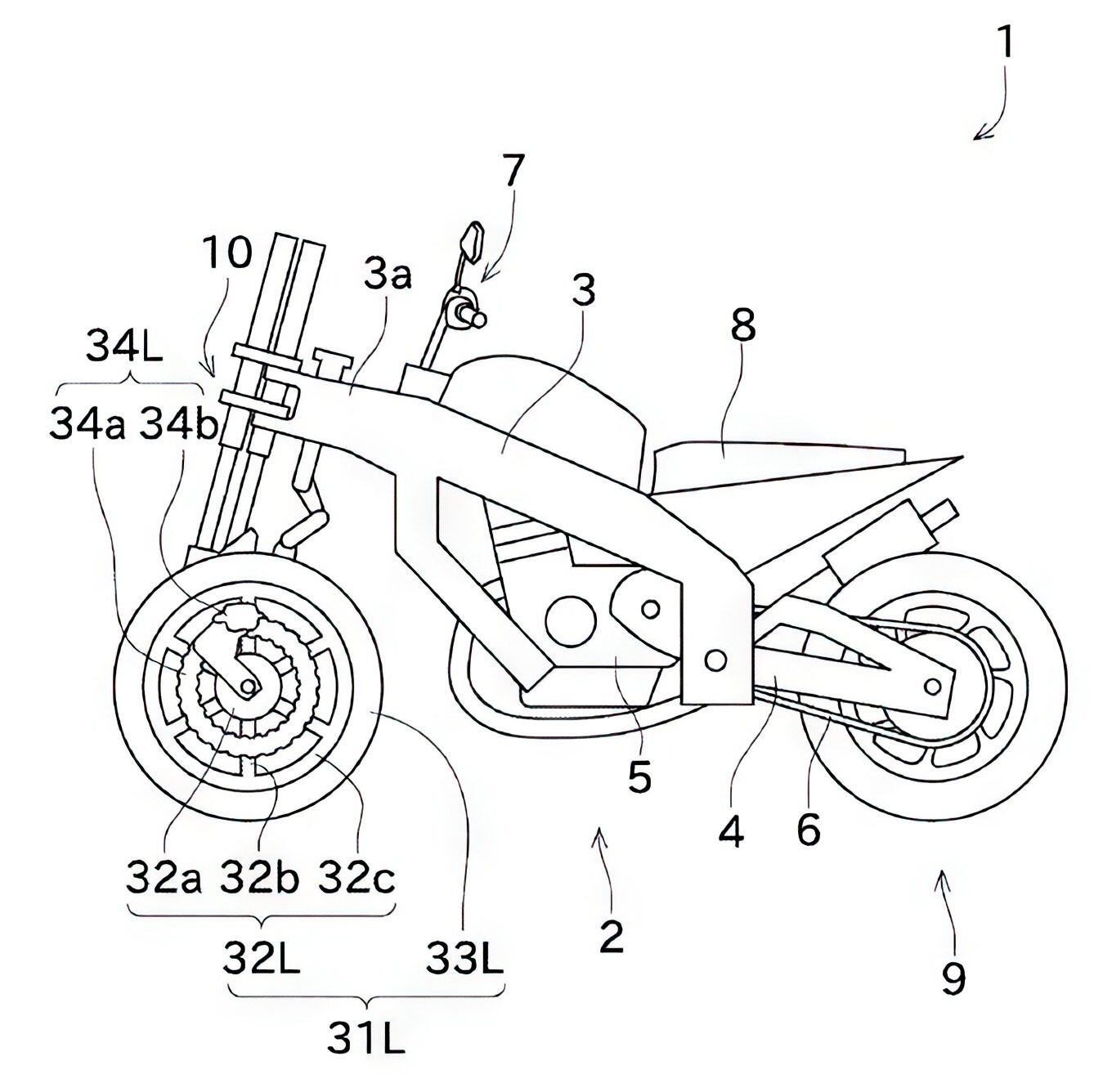
Greater than two years in the past in January 2021, we revealed Kawasaki’s designs for a leaning three-wheeled bike with a simplified suspension and steering system in comparison with its rivals. Now extra patent functions have been filed indicating that the challenge stays alive—even when a number of the advantages of the unique design seem to have been misplaced within the newest iteration.
Like the unique patent paperwork, the photographs within the newest variations are meant as an example the concept moderately than to symbolize the ultimate form of the bike, so don’t learn something into the engine format or the marginally comical proportions of the machine they present. The important thing level is that Kawasaki remains to be placing R&D assets into this concept, suggesting the agency harbors concepts of producing a Yamaha Niken-style tilting trike of its personal, if there’s sufficient of a marketplace for such a machine.
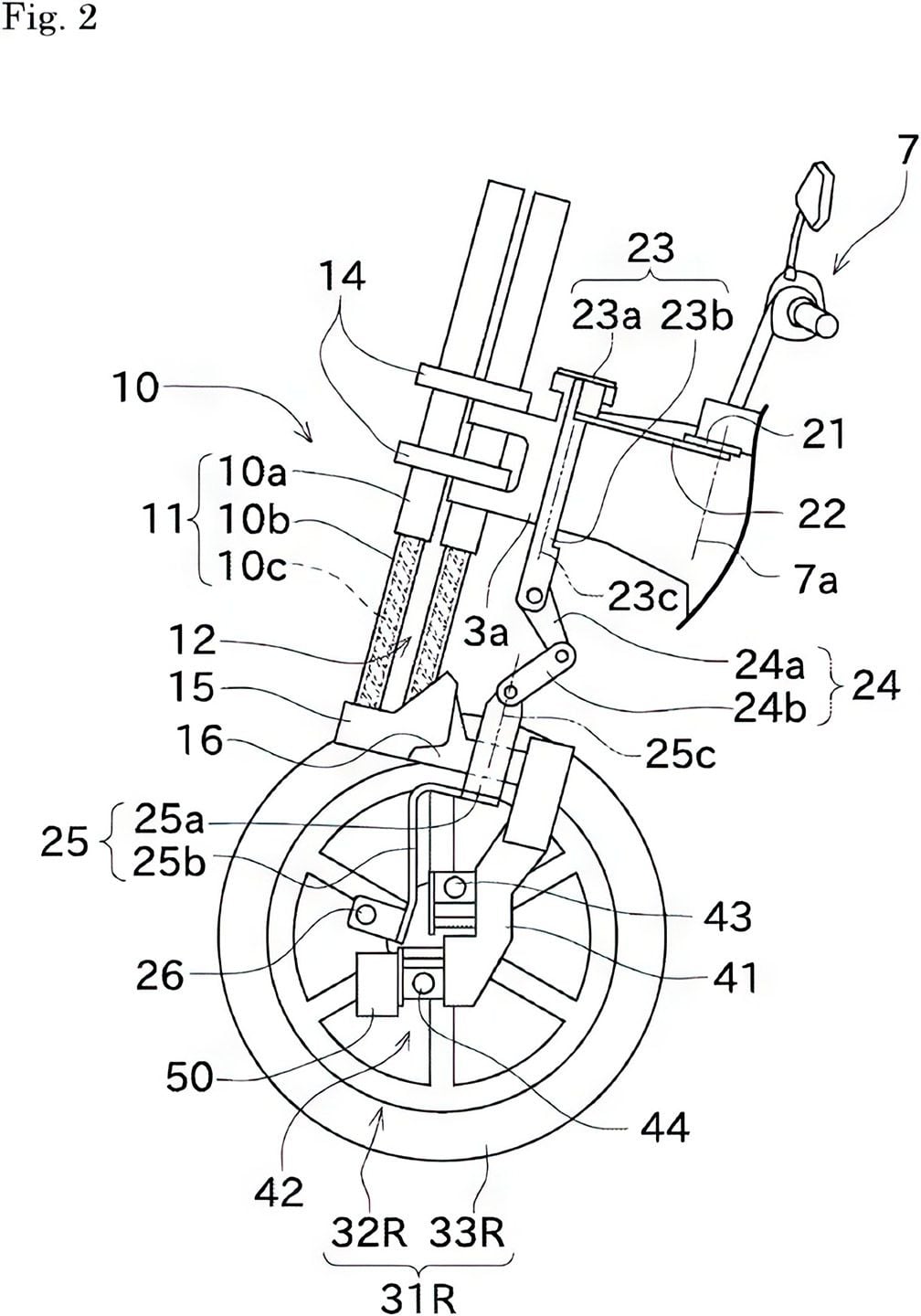
The newest designs carry over a key factor of the unique patent by positioning the tilting mechanism of the three-wheeled association in an unsprung place under the suspension moderately than following the likes of Yamaha and Piaggio by putting it above the suspension. Like Yamaha’s and Piaggio’s tilting three-wheelers, the Kawasaki design makes use of a parallelogram linkage to make the entrance wheels lean in the identical course as the principle physique of the bike, nevertheless it’s mounted a lot decrease. It’s an identical tilting system to the one utilized by Kawasaki’s Noslisu sub-brand, which makes electrically assisted three-wheel bicycles. However the place the Noslisu machines don’t have entrance suspension, the bike model of the system wants it.
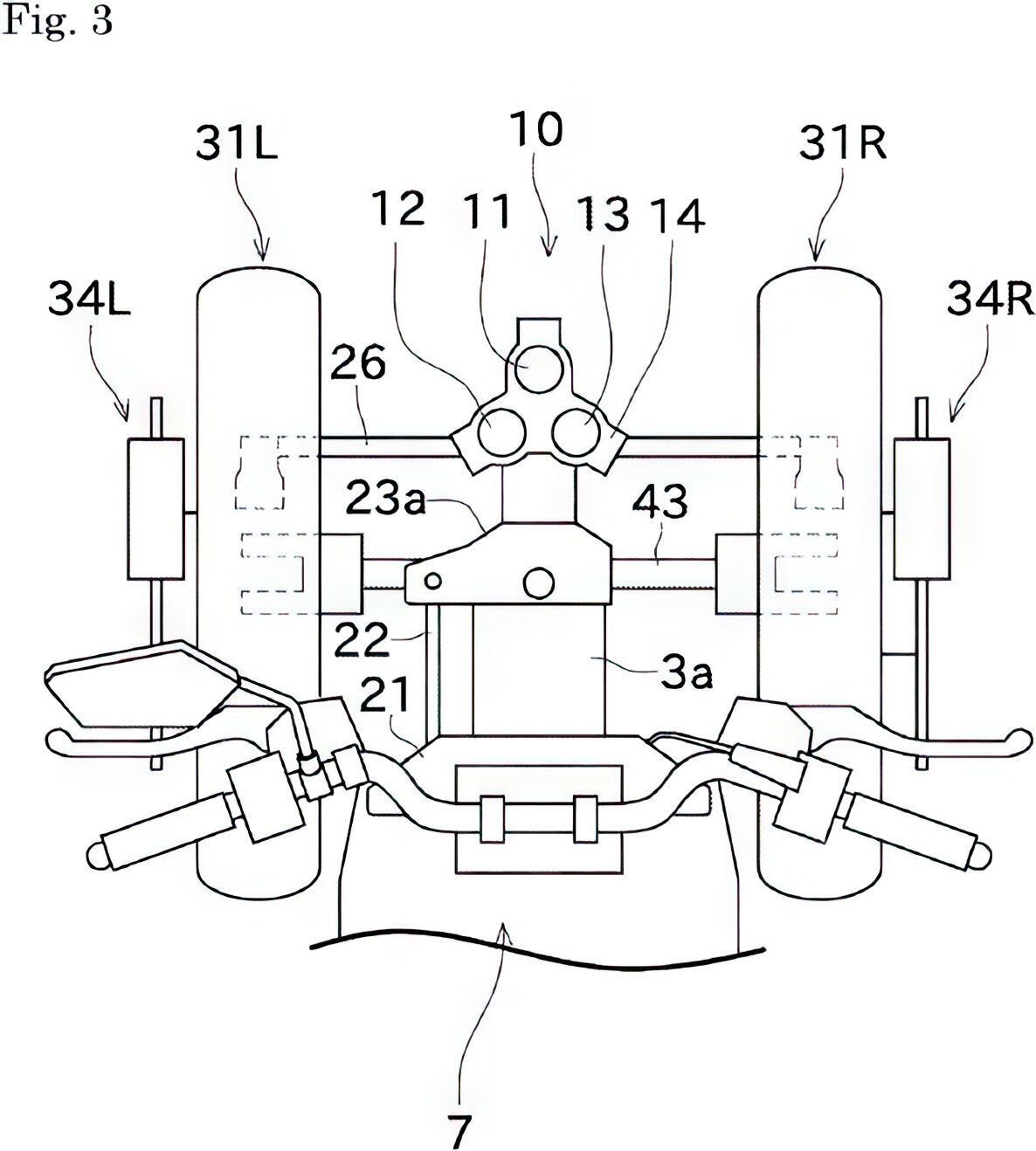
On the primary iteration of the design, Kawasaki merely positioned the tilting system on the base of a standard telescopic fork, giving the identical direct steering connection between the bars and entrance wheels that you just expertise on a standard bike. On the newest model, nevertheless, there’s a extra advanced steering linkage that’s nearer to that used on rival three-wheelers.
As an alternative of two fork legs, like the unique design, Kawasaki’s new model makes use of three telescopic parts, mounted shut collectively in a triangular format between the entrance wheels. These telescopic legs aren’t related to the bars. They’ve been moved ahead and now act solely as suspension, moderately than turning with the wheels.
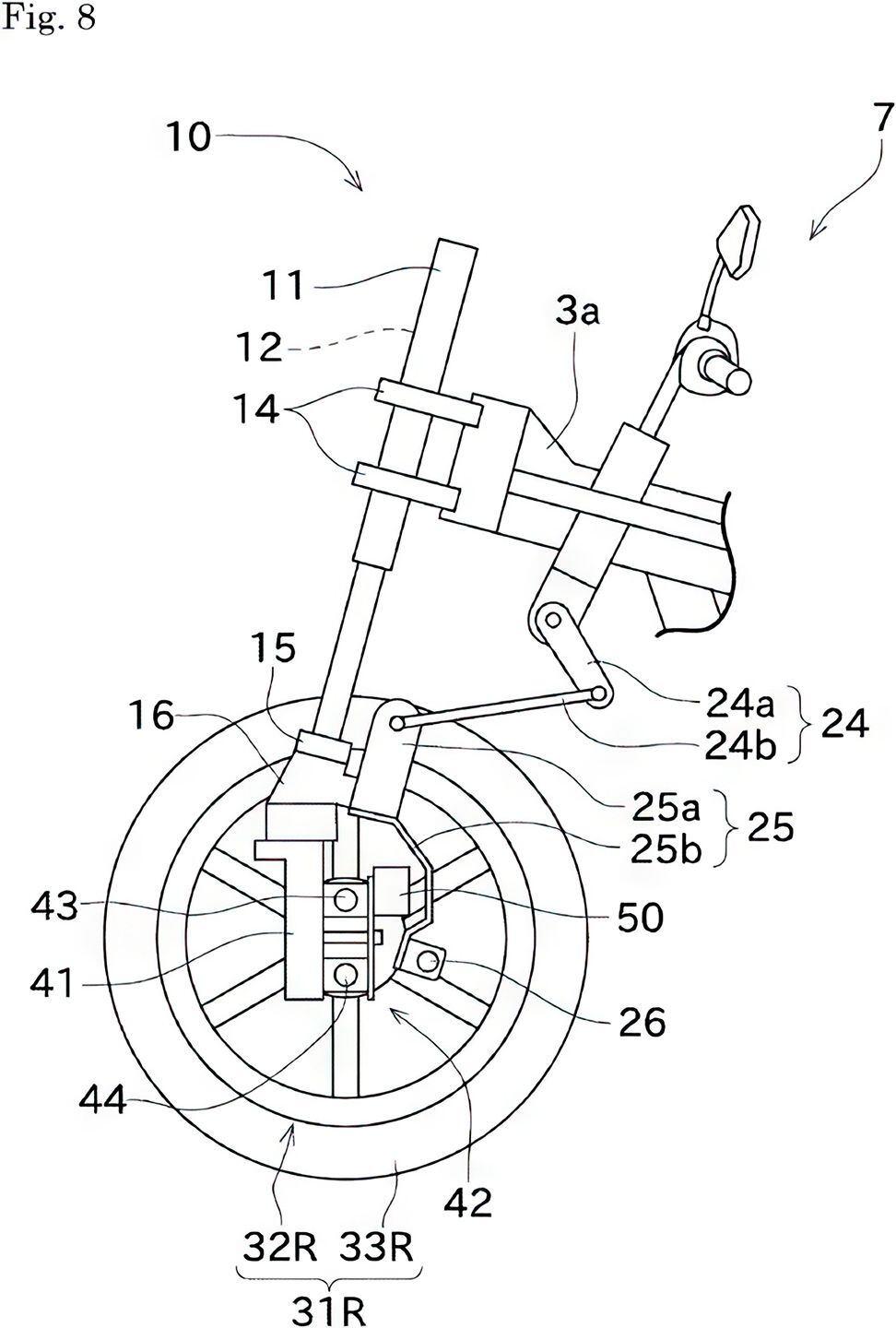
So it’s a extra advanced association than the one Kawasaki initially envisaged, however—based on the patent utility—it nonetheless has benefits over the designs utilized in machines just like the Niken. Most notable of them is how slender the system is; the Niken and different tilting trikes utilizing an identical setup with separate suspension for every entrance wheel are inevitably extensive, significantly above the entrance wheels. The Kawasaki is meant to be narrower on this part, providing benefits in aerodynamics and weight. The agency’s patent says: “…because the shock-absorbing mechanisms usually are not individually disposed left and proper, the suspension could be disposed to the middle of the automobile within the width course solely. Thus, the scale of the entrance portion of the leaning automobile within the vehicle-width course could be small. Furthermore, it might additionally simplify the configuration and cut back weight.”
The patent exhibits a motorbike with a combustion engine, however the textual content makes it clear that the identical suspension system is also used on an electrical automobile or perhaps a pedal-powered machine.
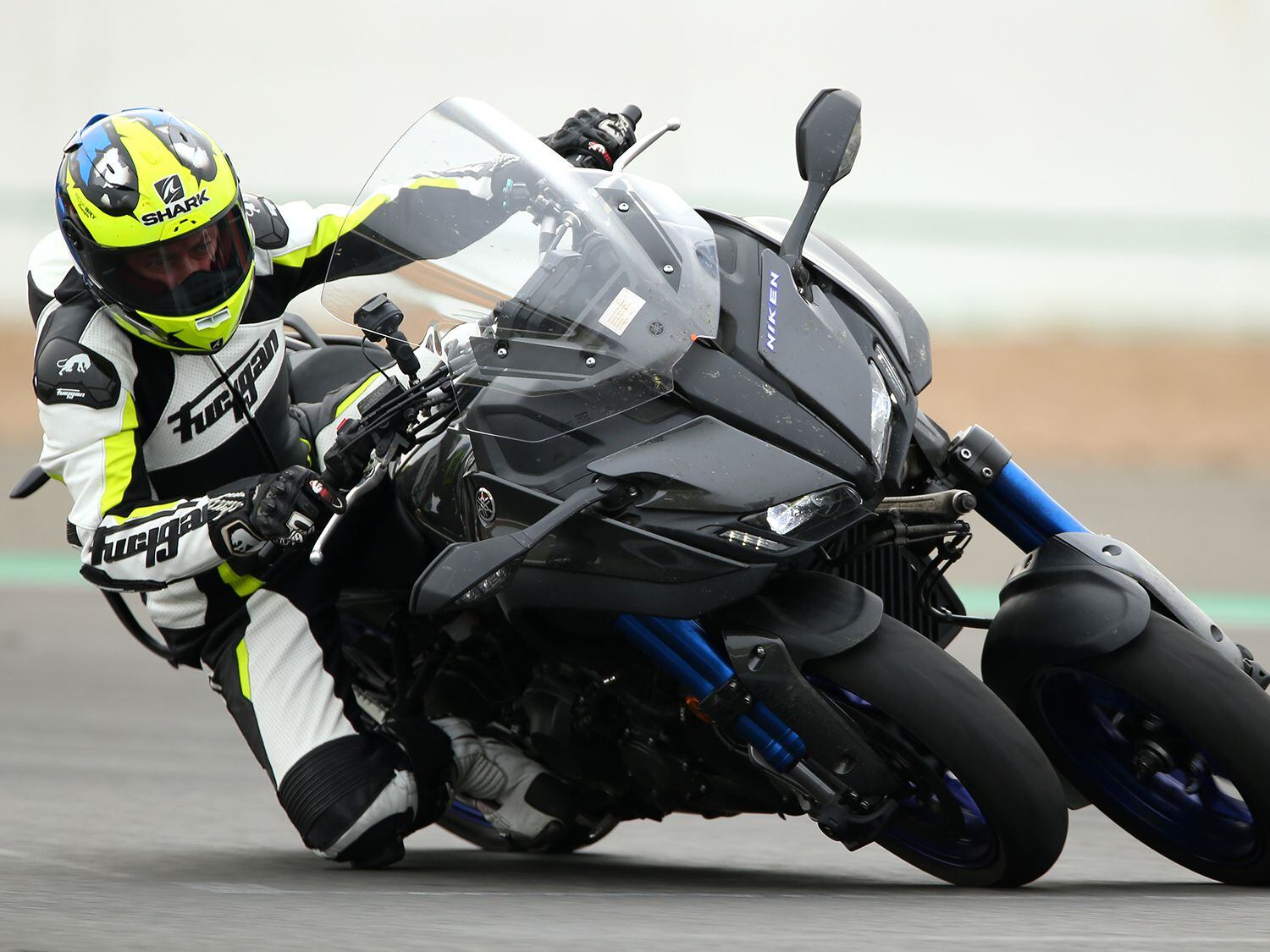
The post Kawasaki Continues Tilting Three-wheeler Improvement appeared first on lickscycles.com.
source https://lickscycles.com/kawasaki-continues-tilting-three-wheeler-improvement/?utm_source=rss&utm_medium=rss&utm_campaign=kawasaki-continues-tilting-three-wheeler-improvement
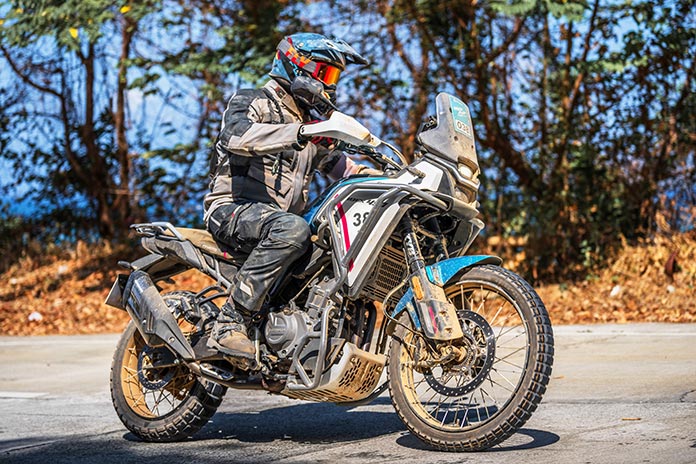
No comments:
Post a Comment